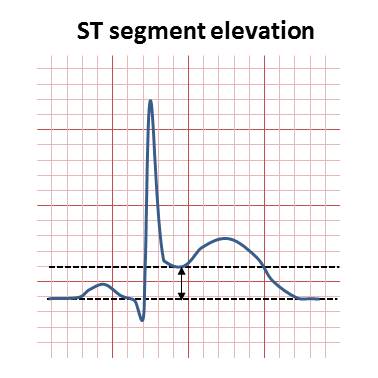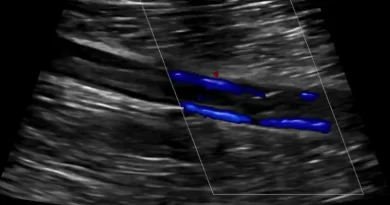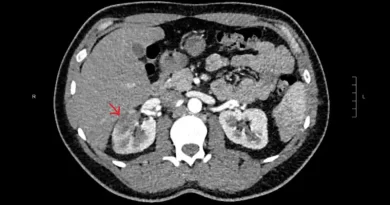Clot in a Heart Artery
A clot in a heart artery will block blood flow to the heart muscle. This will cause a heart attack. The professional name for heart arteries is “coronary arteries”. Also, the term we use to describe a heart attack is “myocardial infarction” or MI. Obviously, a heart attack is a medical emergency. The goal of treatment is to unblock the artery as quickly as possible. This is because “time is heart”. The quicker we unblock the blockage, the less damage the heart suffers.
Causes of Coronary Blood Clots
Most blood clots in the heart arteries build up over time. Over the years, fat, calcium and cells accumulate in the artery walls. This buildup is called plaque. It is part of a process called atherosclerosis. In fact, atherosclerosis causes blood clots in many types of arteries. For instance, it is the most common cause of a clot in a neck artery and chronic mesenteric ischemia.
Virtually everyone will develop some atherosclerosis throughout our lives. But some people will have it worse than others. The reason is a combination of genetics, habits and environment. Examples for risk factors for developing atherosclerosis are smoking cigarettes (or smoking anything at all), elevated blood pressure, elevated blood cholesterol levels and diabetes.
Symptoms of a Clot in a Heart Artery
A clot in a heart artery causes a heart attack. The most common symptoms of a heart attack include chest pain and shortness of breath. Sometimes the pain is also felt in the arms or in the jaw. But that is not true for everyone. Some people will sweat and others might feel nauseous.
In more severe cases, the heart muscle will fail to pump blood properly. If this happens, the blood pressure will drop. A person might drop because of the low blood pressure.
Finally, a clot in the heart might ruin the heart’s electrical circuitry. A short circuit in the heart will cause an irregular heartbeat called an arrhythmia. An arrhythmia can be dangerous enough to cause a person to drop or even die.
Diagnosis of a Blood Clot in a Heart Artery
To diagnose a clot in the heart we combine symptoms and testing. The first set of tests are blood tests. When there is a blocked coronary artery levels of CPK-MB and troponin go up. There are typical ECG changes. You might have heart of ST segment elevation. Sometimes the ECG will show an irregular heart rhythm.

An echocardiogram (which is a heart ultrasound) might show the heart failing to pump blood properly. The failed pumping is because the heart muscle will not have enough blood to do what it is supposed to be doing.
Finally, a heart catheterization will show the actual blocked artery.
Treatment
The first part of treatment is prevention. Unfortunately, we cannot control all the causes. Obviously, we cannot control our genetic makeup. Some of us also cannot control their environment. Basically, not everyone can move to a place with cleaner air. But we can control our lifestyle. We can eat healthy food, avoid smoking and exercise regularly. By doing these things we can control about half our chance for a clot in a heart artery. To me that sounds meaningful.
Once there is a clot in a heart artery, sometimes therapy is still only with medications. But other times a person might need a heart catheterization procedure to open up the blockage. It is important to get people the correct treatment quickly, because quicker therapy will reduce the chances of death.




Pingback: Asundexian: A Factor XIa Inhibitor